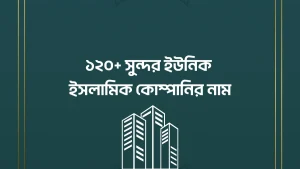
Meetings are fundamental to organizational operations, serving as platforms for discussion, decision-making, and problem-solving. A meeting can be defined as an assembly of individuals where specific matters are discussed and resolved. But to conduct a valid meeting in an organization, it needs to be conducted following specific procedures. The Companies Act, 1994, along with various regulatory circulars and the company’s Articles of Association, outlines particular guidelines to ensure that meetings are valid and binding. This article explores the key requisites for a valid meeting, ensuring its effectiveness and legitimacy.
The Importance of Proper Convening
The first step to a successful valid meeting lies in its proper convening. This involves ensuring the following:
- Authorized Convener: The meeting must be called upon by the designated authority, typically the Board of Directors or Shareholders in the case of company meetings.
- Adequate Notice: All individuals entitled to the meeting must receive proper and timely notice. This notice should clearly state the meeting’s date, time, location, and agenda.
Elements of Legal Constitution
For a meeting to be legally constituted, several key elements need to be present:
- Chairperson: A designated chairperson, responsible for guiding the discussion and maintaining order, must lead the meeting.
- Quorum: A quorum refers to the minimum number of participants required to conduct the meeting legally. The quorum ensures that decisions made during the meeting represent a sufficiently broad consensus. The exact number constituting a quorum is often stipulated in the Articles of Association or relevant laws.
- Compliance with Regulations: The meeting must adhere to the regulations set forth by the company’s governing documents, such as the Articles of Association, and any relevant laws or regulations.
Conducting the Meeting Effectively
Beyond the initial steps, ensuring a valid meeting also involves proper conduct:
- Valid Business Transactions: The meeting should focus on legitimate business matters relevant to the organization’s goals.
- Following the Agenda: The discussion should follow the pre-defined agenda circulated with the notice, ensuring everyone is prepared.
Wrap Up
These basic requirements help organizations to govern their meetings in a valid, constructive way, and thus to create value. Adherence to the correct process ensures a transparent and accountable process, and helps ensure legal certainty as well on conditions agreed upon during the meeting. Remember, a well-convened and conducted meeting has the potential to foster an effective decision-making body and promote a healthily functioning organization.







